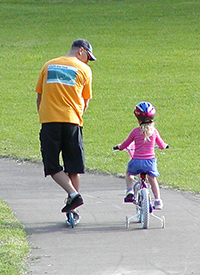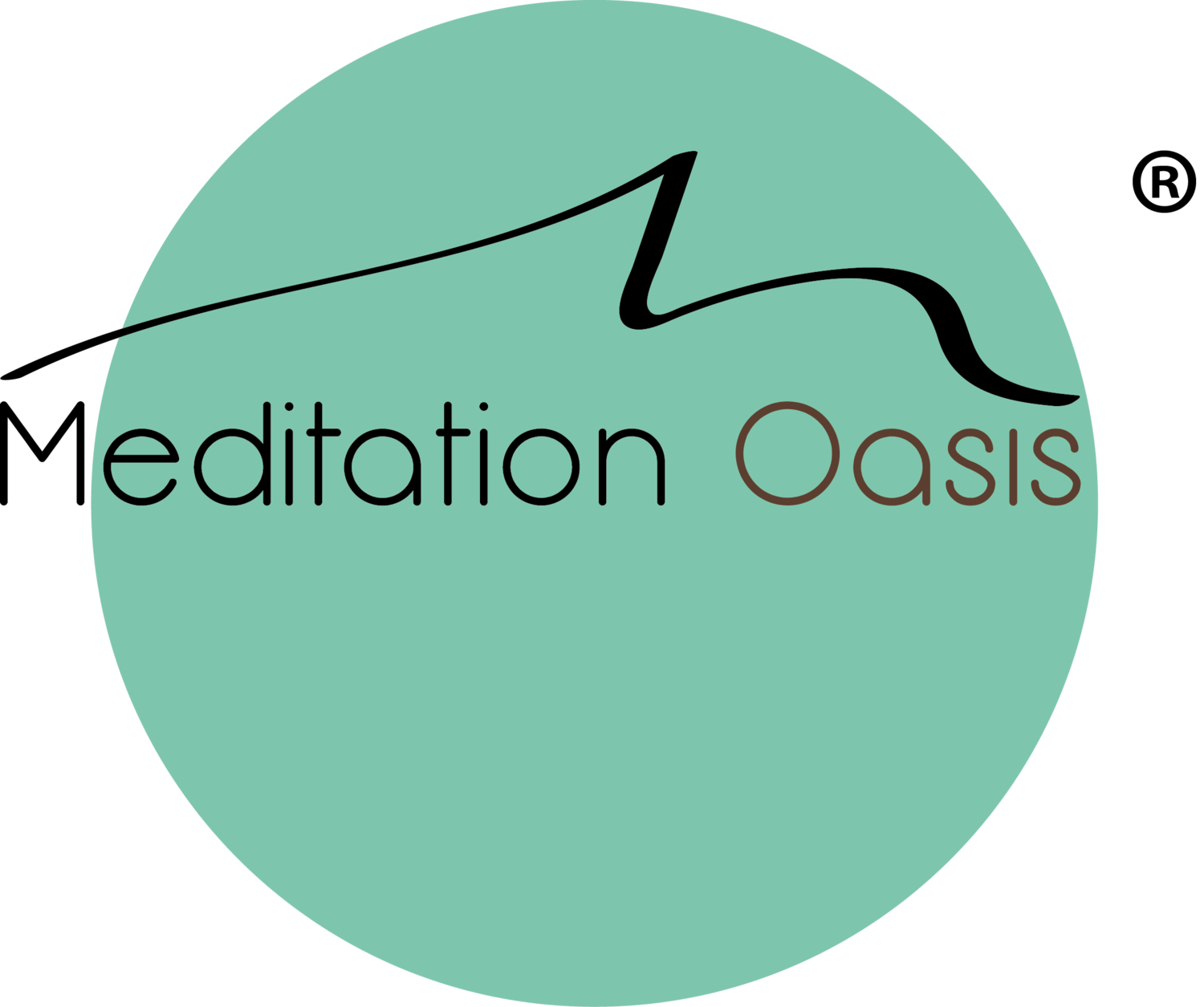 Learning meditation is like learning ride a bicycle. Someone can demonstrate how to ride, tell you where to put your feet and hands and so on, but ultimately you have to get the hang of it yourself. A meditation teacher can give you a few pointers about how to start, how to focus your attention, how to handle thoughts and so on; but like bike riding, you ultimately discover how to meditate yourself.
Learning meditation is like learning ride a bicycle. Someone can demonstrate how to ride, tell you where to put your feet and hands and so on, but ultimately you have to get the hang of it yourself. A meditation teacher can give you a few pointers about how to start, how to focus your attention, how to handle thoughts and so on; but like bike riding, you ultimately discover how to meditate yourself.
Of course, there are many different kinds of meditation, and this might not be true for all of them. But this is true for meditation styles that induce a deeply relaxed, meditative state. It's a natural state. It happens spontaneously at times. Perhaps you will initially follow some instructions, but then a time comes when you close your eyes and there you are. With repetition it can become automatic. A skillful "teacher" can only guide you to your own discovery.
Actually, I think it could be said that no one can teach you anything. When I was teaching in the healing arts, I was always amazed at how people heard and learned things that I never remembered saying or teaching. People learned what they were ready to learn, and I just provided a catalyst for that learning. If you are using our guided meditations or have taken our Online Course, it is because you were ready to discover something in your own awareness and these tools provided a catalyst.
A teacher is sometimes someone who passes on facts or know how. It might be tempting in that case to feel the teacher is actually teaching you, but you have to be able to absorb the information you are being given and access it when needed. You have your own understanding of the "facts". You have to apply what you've learned in your own way. Two people using exactly the same recipe produce different results. It may seem like a paradox, but ultimately I'd say someone can learn, but no one can teach.
What do you think? Do you feel someone taught you to meditate (or play music, draw, cook or...)? Do you feel you learned it totally on your own? Or has your experience been something in between?






